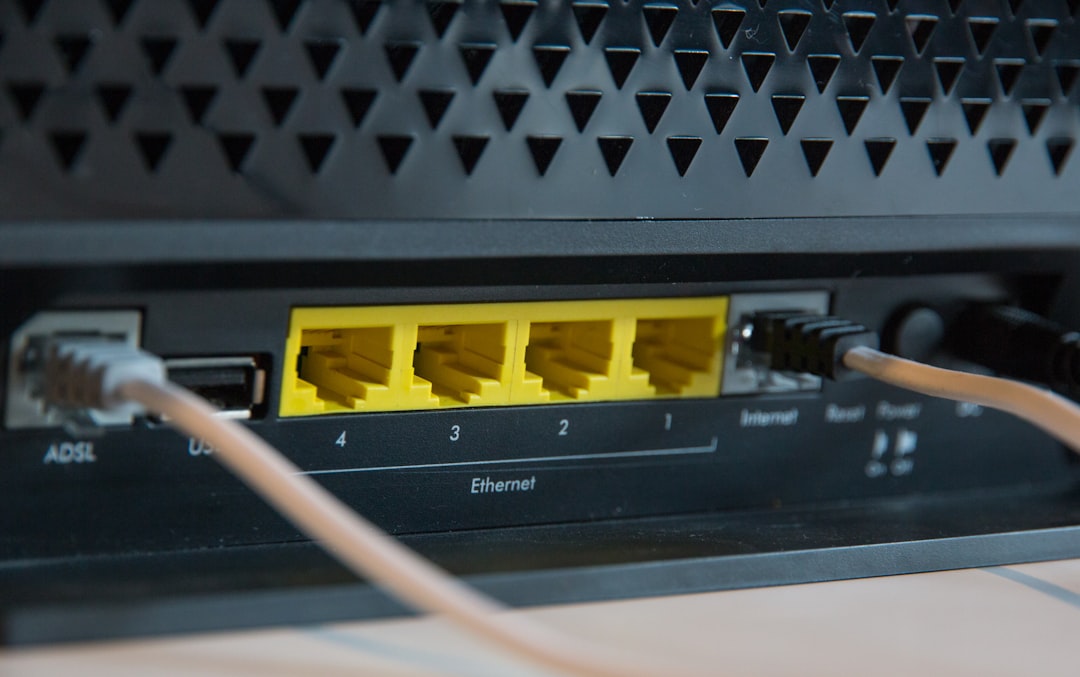Imagine a seemingly harmless line of code that, once executed, causes your entire computer system to lock up, become unresponsive, and require a hard reboot. Sounds like something out of a sci-fi thriller, right? In reality, this digital disruption is a very real concept known as a fork bomb. While it isn’t designed to steal data or corrupt files, a fork bomb can be surprisingly potent in its ability to cripple a system by exhausting its resources.
Contents
What Exactly Is a Fork Bomb?
A fork bomb is a type of denial-of-service (DoS) attack that works by exploiting the way operating systems handle process creation. In Unix-like systems such as Linux, new processes can be created using a command called fork(). This command essentially clones the current process—hence the term “fork.”
A fork bomb crafts a situation where a process continually replicates itself using the fork command, creating an exponentially increasing number of processes until the system’s resources are entirely consumed. Once the process table or memory is full, the operating system can no longer function normally.

These fork bombs are often written as one-liners, especially in Bash or Windows batch files, making them deceptively simple. Here’s an example of a classic Bash-based fork bomb:
:(){ :|:& };:At a glance, it looks cryptic. But this line defines a function : that calls itself twice via piping and then backgrounds itself. The final : at the end invokes the function. Once started, this recursive process spirals until system paralysis occurs.
Should You Be Worried?
The good news is that fork bombs are not inherently malicious in terms of stealing data or corrupting your system permanently. They merely exhaust your system resources. That said, their impact can be disruptive and devastating, especially in critical environments like servers, public terminals, or shared systems.
Here’s who should be concerned:
- System administrators – Shared or multi-user environments can become victims of a fork bomb initiated by a careless or malicious user.
- Unexperienced users – Clicking suspicious scripts or commands downloaded off the internet (particularly from forums or code-sharing platforms) can unknowingly trigger a fork bomb.
- Educational or sandbox environments – Where users are encouraged to run experimental code, fork bombs can be used to prank or test system limits.
The better news is that modern operating systems have ways to mitigate the risk. For instance, Linux has built-in user resource restrictions through ulimit or cgroups, which can limit the number of processes a user can initiate, thwarting a fork bomb’s exponential growth.
How Can You Protect Your System?
Whether you’re a casual user or a seasoned admin, here are some essential practices to safeguard against fork bombs:
- Set process limits – Use tools like
ulimit(for Bash) orprlimitto restrict user-level process creation. - Educate users – In environments like universities or shared labs, it’s crucial to inform users about the risks of running code they don’t understand.
- Monitor suspicious activity – Use logging tools and process monitors to detect abnormal forks or system load spikes early.
- Disable unnecessary exec privileges – Ensure that users with limited needs aren’t granted elevated shell access.

In Windows, Group Policy settings can limit process creation and execution rules, offering some layer of defense even in GUI-heavy environments. Additionally, updated anti-malware tools often flag suspicious scripts, including those resembling fork bombs.
A Harmless Prank or a Serious Threat?
While fork bombs may originate in jest—sometimes used by hackers and tinkerers as playful exploits—they can evolve into serious threats depending on the context. In a production server or a database environment, even a few seconds of downtime can translate into significant losses. The effective damage of a fork bomb may not be in file corruption but in time lost, trust compromised, and effort spent in recovery.
Think of a fork bomb like leaving every faucet running in a building at once. It’s not the water that’s toxic—it’s the flood that wreaks havoc.
Conclusion
So, should you worry about fork bombs? That depends on your environment. For most home users, the risk is minimal. However, for developers, IT administrators, or anyone managing a shared system, it’s essential to be aware of and protected against them. As with any digital threat, awareness and preparation are your best defense.

